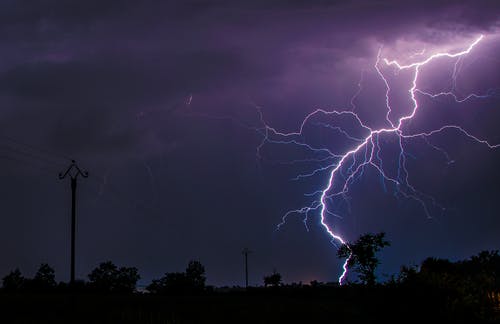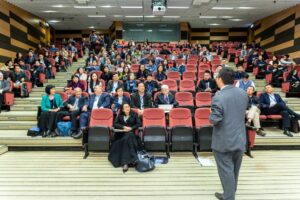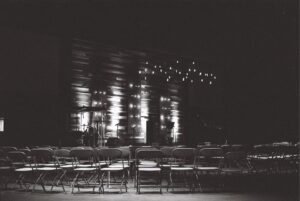According to the National Institute of Biomedical Imaging and Bioengineering (NIBIB), “tissue engineering evolved from the field of biomaterials development and refers to the practice of combining scaffolds, cells, and biologically active molecules into functional tissues.” Bioengineer Yuan-Chen Fung was the first person who established the term ”tissue engineering” in 1985 while presenting a proposal to the National Science Foundation (NSF). Mr. Fung’s goal with the proposal was to win funding for the Center for the Engineering of Living Tissue at the University of California, San Diego.
Tissue engineering was created from the biomedical engineering discipline and is a method that has the ability to produce tissues that are used to restore and improve certain human body functions. Even though tissue engineering was only established as a term in the late 1980s, it has become an important technology in the medical field due to being created out of living tissues instead of man-made materials. Artificial bones, cartilage, and even skin are some examples of tissue engineering approved by the United States Food and Drug Administration (FDA) that are currently used in the medical field.
As technology advances, more research is conducted and experiments are developed to continue repairing and/or replacing certain human organs. The main goal of tissue engineering is to replace damaged tissues and organs with living and functioning artificial ones. Thanks to the advances in technology and tissue engineering, people with liver, kidney, and heart issues are able to have these organs repaired and/or replaced and continue living a normal life.
To learn more about tissue engineering, please visit: https://www.nibib.nih.gov/science-education/science-topics/tissue-engineering-and-regenerative-medicine















